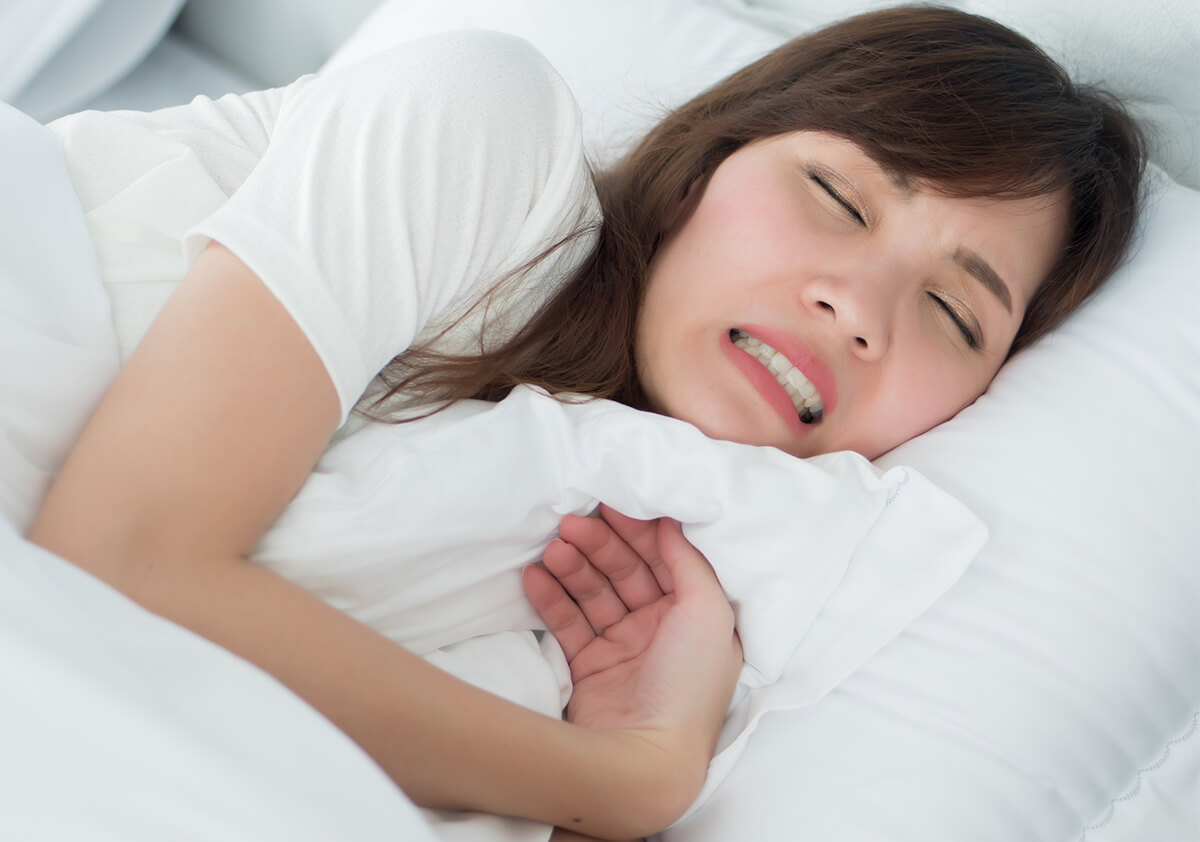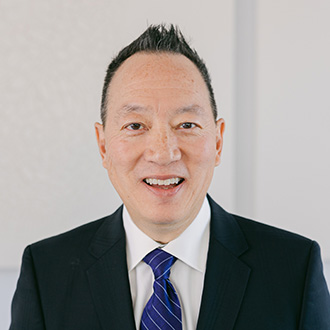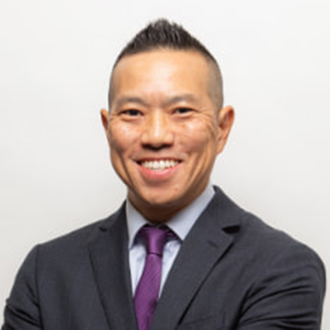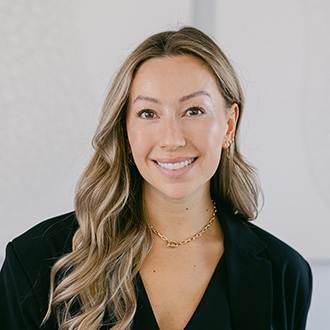
18
Apr
Reduce TMJ pain with Botox Treatment for Teeth Grinding (Bruxism)

While you likely know that Botox injections can diminish facial wrinkles for a more youthful look, what might surprise you is its effectiveness in addressing teeth grinding, also known as bruxism. Injecting Botox into the masseter muscle temporarily relaxes and alleviates jaw muscle tension, relieving symptoms associated with teeth grinding.
Are you battling pain from Bruxism? Schedule an appointment with Mid-Valley Dental Care for a consultation to see if you’re a candidate for masseter Botox. After a few injections, you’ll see significant reductions in chronic headaches, jaw pain, and other bruxism symptoms, such as tooth wear.
Bruxism in a nutshell
Bruxism is a condition where patients chronically grind and clench their teeth. Although the condition can happen during the day, it’s common at night during sleep. Unfortunately, many nighttime teeth grinders don’t realize they suffer from the condition, resulting in undiagnosed cases and unnecessary discomfort.
Although bruxism can only be diagnosed by a doctor, certain symptoms can signal you to seek medical attention. The common symptoms of bruxism include:
- Chronic headaches
- Jaw soreness
- Ringing in the ears (tinnitus)
- Earaches
- Facial pain
- Chipped or flattened enamel
- Grinding noises when sleeping
Many people tend to grind their teeth when stressed. The other common causes for teeth grinding include side effects of certain medications and sleep disorders like sleep apnea. Whatever the cause of your bruxism, schedule an appointment with Drs. Terence, Casey, and Kayla Lau for consultation and treatment.
How Botox works for teeth grinding
Your dentist can treat teeth grinding with a mouthguard, but that doesn’t address the root cause of the problem. Botox injections into the masseter muscle target the source of the issue, providing an effective solution.
But how does Botox work?
Botox is a neurotoxin that has numerous therapeutic benefits when administered clinically. When injected into the jaw muscles, it stops the nerve impulses from reaching the muscle, preventing unwanted movements.
By stopping involuntary muscle movements, Botox users experience reduced jaw soreness, pains, and headaches. The Botox injections weaken the jaw muscles just enough to stop the destructive nature of teeth grinding, but the main functions of the masseter muscle remain undisrupted.
What to expect from the Botox treatment?
Botox is a non-surgical and painless treatment that takes about 15-30 minutes to complete.
For comfort, we use super-thin needles to inject the Botox product into the muscle. After treatment, you may experience mild bruising and swelling at the injection site, although this is temporary. Many patients return to their everyday activities after treatment.
The effects of Botox manifest within two weeks, although many patients experience optimal benefits after three weeks. However, Botox isn’t permanent. The treatment lasts an average of three to four months, so you’ll need touch-up treatments to continue enjoying the benefits.
Benefits of treating bruxism with Botox
Botox effectively treats bruxism without the burden of wearing a mouthguard or undergoing surgery. Some benefits of Botox include:
- Conservative treatment
- Fast procedure
- Fast results
- Little to no side effects
- An affordable option
- Relatively long-lasting results
Teeth grinding treatment near me
Has bruxism gotten the better of you? Don’t suffer from teeth grinding any longer. Instead, call (818) 886-3500 to schedule an appointment with Mid-Valley Dental Care for Botox treatment.
Share this Article

Dr. Terence

Dr. Casey

Dr. Kayla
Dr. Terence Lau, DDS, FICOI, FAACP, is a distinguished dental professional with a rich history of education and training, spanning over three decades. His unwavering commitment to excellence and relentless pursuit of advanced knowledge have solidified his reputation as a leader in the field of dentistry.
After graduating with a Bachelor’s degree in Cell-Molecular Biology from California State University, Northridge (CSUN), Dr. Terence Lau attained his DDS (Doctor of Dental Surgery) degree from the Ostrow School of Dentistry at USC where he acquired an insatiable thirst for knowledge which led him to pursue advanced training in Periodontal Prosthodontics at the University of Washington School of Dentistry where he was introduced to dental implantology by it's inventor, Per Ingvar Branemark. Throughout his illustrious career, he has continuously improved his expertise through advanced continuing education, covering surgical and restorative implant dentistry, orthodontics, occlusion and full mouth reconstruction and smile design, TMJ and dento-facial orthopedics, sleep apnea, sedation dentistry, implant-assisted orthodontics, clear aligner therapy, regenerative periodontics and bone augmentation, and laser dentistry with a special focus on minimally invasive CT guided Bio-Aesthetic Implant Surgery, soft and hard tissue regeneration and cutting-edge laser dentistry.
Dr. Terence Lau's commitment to staying at dentistry's forefront is reflected in his memberships and fellowships in prestigious organizations, including the Academy of General Dentistry, International Congress of Oral Implantologists, Academy of Osseointegration, American College of Oral Implantology,
American Society of Osseointegration, American Academy of Implant Dentistry, American Academy of Dental Sleep Medicine, Dental Organization for Conscious Sedation (DOCS), American Association for Functional Orthodontics, American Academy of Craniofacial Pain, not to mention the American Dental Association (ADA) and the California Dental Association (CDA).
His brother, Dr. Casey Lau, DDS, embarked upon his dental career in 2002 upon joining Dr. Terence Lau and team at Mid-Valley Dental Care. He received his Doctorate of Dental Science degree from the esteemed UCLA School of Dentistry after attaining his Bachelor of Science in Biology from UCLA.
At Mid-Valley Dental Care, Dr. Casey Lau practices a comprehensive dental philosophy centered around the principles of minimally invasive bioesthetic dentistry, with an emphasis on occlusion and orthodontics, cosmetic enhancements, regenerative periodontal therapies, and the cutting-edge realm of laser dentistry. His proficiency extends to advanced disciplines such as implantology, orthodontics, clear aligner therapy (notably Invisalign), and the art of oral sedation.
Constantly seeking innovation in dentistry, he holds membership within a constellation of professional affiliations. These include esteemed organizations such as the American Dental Association (ADA), California Dental Association (CDA), Academy of General Dentistry, International Congress of Oral Implantologists, Academy of Osseointegration, the International Academy of Facial Aesthetics, Dental Organization for Conscious Sedation (DOCS) , American Academy of Clear Aligners, and the International Association for Orthodontics.
Beyond the realms of clinical practice, Dr. Casey Lau’s entrepreneurial spirit and commitment to oral healthcare innovation are epitomized through his joint venture with his wife in establishing Elims Oral Care, which boasts a unique line of eco-conscious oral care products. Among these offerings, his brainchild features a range of Nano-Hydroxyapatite toothpaste and fully dissolvable whitening strips, symbolizing a testament to his enduring dedication to holistic dental well-being.
They were later joined by Dr. Kayla Lau, DDS, RDH. Dr. Kayla Lau is a dedicated dental professional whose journey in dentistry began as a dental hygienist and culminated in her earning a DDS from the prestigious University of Southern California (USC). It was during her training at USC where she discovered that her passion lies in Biomimetic Restorative Dentistry, learning from pioneers like Dr. Pascal Magne. With a relentless commitment to excellence, she specializes in a wide range of dental services, including restorative and aesthetic dentistry, and the artful use of neuromodulators (i.e. Botox) and dermal fillers for orofacial pain relief, smile enhancement, and facial aesthetics.
Beyond her clinical expertise, Dr. Kayla is deeply committed to giving back to the community. She has been known to enjoy volunteering her time and skills to support underprivileged communities by providing essential dental hygiene care, dental work, and oral cancer screenings. Her altruistic spirit reflects her dedication to improving oral health and overall well-being in underserved populations.
As an active member of several professional organizations, including the Academy of General Dentistry, San Fernando Valley Dental Society, Academy of Biomimetic Dentistry, and the International Academy of Facial Aesthetics, as well as the American Dental Association (ADA) and the California Dental Association (CDA) Dr. Kayla remains at the forefront of dental innovation.
Specializing in treatments like aesthetic bonding, veneers, crowns, inlays/onlays, Invisalign, orofacial pain relief, and facial balancing, Dr. Kayla Lau's expertise, passion for Biomimetic Dentistry, and dedication to community service make her a compassionate and highly skilled professional committed to enhancing your oral health and transforming your smile.



